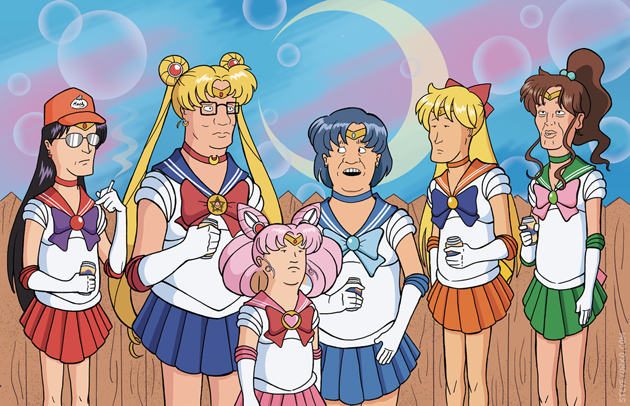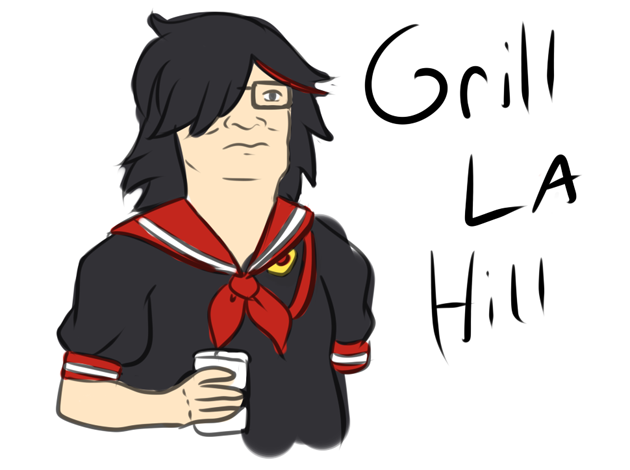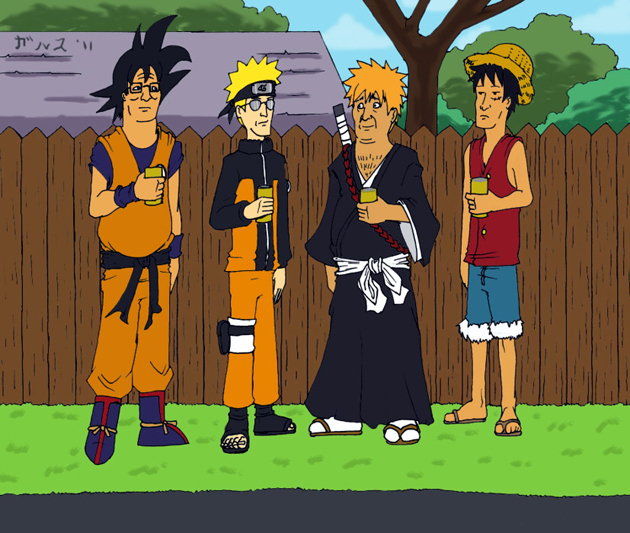How many times have you been fooled this year by news sites you trusted? Probably far more often than you think.
2013 has been a banner year for hoaxes in the news. From Diane in 7A to the Egyptian pyramids covered in snow, plenty of sites have published fiction as real news. Being a journalist myself, I don’t think there’s anything malicious in it. I think they got tricked, too.
Probably, journalism has never really been about telling the truth. Since the 19th century, it’s been about who can sell the most ads. The problem now, as Luke O’Neil explains in Esquire’s The Year We Broke the Internet, is that the system works perfectly without truth:
The media has long had its struggles with the truth—that’s nothing new. What is new is that we’re barely even apologizing for increasingly considering the truth optional. In fact, the mistakes, and the falsehoods, and the hoaxes are a big part of a business plan driven by the belief that big traffic absolves all sins, that success is a primary virtue. Haste and confusion aren’t bugs in the coding anymore, they’re features.
While I was working on my Ethics and Bias geek journalism guide, journalism’s increasingly tenuous relationship with the truth was one of my favorite topics. Now that the end of the year has come and the recap articles are being posted, apparently it’s been heavy on everyone else’s mind, too.
In my Ethics and Bias guide, I wrote about the time I got fooled by a hoaxer, something I refer to as the biggest screwup of my career. It’s not something I’m proud of. The only thing I can be proud of is that I didn’t quit journalism after that.
What a lot of these year end articles about fake news are saying is that journalists don’t get penalized for publishing fake news. The hits that come from a feel good hoax are astronomical, and if there’s a correction, awesome—that means even more hits.
And according to Neetzan Zimmerman, one of the most prolific news aggregators of our time, people prefer the fake story to the real thing. He talked about a heartwarming story he posted about a firefighter rescuing a cat, not mentioning that the cat later died.
“You really can’t have it both ways when it comes to viral content. If you want to capitalize on its sharing prowess and reap the PVs that come with that, then you simply can’t take a hard-boiled approach to fluff. People are just not going to share a cat video of a dead cat.”
But in my experience, perpetuating a hoax weighs heavy on your mind. Not even a million hits could make me feel better about betraying the trust of my readers. It killed me, not so much that I was fooled, but that I was in a position to mislead so many other people.
And you’d think telling the truth is easy. Just do your research and you won’t get fooled. But some hoaxers create fake screenshots, even sites or charities to back up false claims. Other times it’s a matter of a source denying something they said earlier, making you wonder if you’re going crazy (I use a tape recorder so this isn’t an issue I have much any more). My weakness has been that I’m not naturally skeptical, and I tend to give people the benefit of the doubt.
OK, so maybe fake news is more fun. It may even be what people want. But journalism isn’t supposed to be about what people want. It should be about what people need to know.
Journalism is the only profession protected by the first amendment. In other words, it’s the only profession the founding fathers expected to fight societal norms, to clash with the government, and to share uncomfortable truths. Not lull us into a false sense of security with adorable kittens and heartwarming notes from fake kids.
Readers know I like to write about robots, gadgets, fandom, and anime—not exactly world changing news. But to me and my audience, this stuff is important.
And so, inspired by Susannah Breslin’s resolutions for being a better journalist in 2014, I’m resolving to be even more devoted to the truth in a time when it is increasingly fluid.
Photo manipulation by basedrubby.








